Snow mold can be an unwelcome surprise when the winter blanket finally melts away. Homeowners often discover pale gray or pink circular patches scattered across the lawn, caused by fungi that thrive under snow cover and moist, matted turf.
While many cases resolve naturally as spring temperatures rise, ignoring snow mold can weaken the grass, encourage disease recurrence, and lead to unsightly lawns. Come learn the best lawn care methods for treating snow mold, and be sure to check out our lawn care services in New Jersey!

One of the simplest and most effective treatments for snow mold is loosening the matted turf where it appears. As the snow melts, patches of grass often remain stuck together, creating a damp environment that fungi love. Lightly raking these areas allows air circulation, accelerates drying, and disrupts fungal growth. This easy step also brings valuable oxygen and sunlight to the soil surface, which helps the grass wake up from dormancy and begin growing again.
Avoid aggressive raking when grass is still tender from winter; instead, use a leaf rake or soft dethatching rake and focus on lifting the blades. Within a few days, you may already notice the turf beginning to recover and green up.

Some lawns experience lingering dieback after snow mold has run its course, leaving bare or weakened patches behind. Overseeding is an effective strategy for filling those voids and preventing weeds from moving in. Cool-season grasses such as perennial ryegrass or Kentucky bluegrass are often suitable choices for regions that experience snowy winters, as they germinate reliably and form thick coverage.
Adding new seed helps restore density, improves lawn color, and boosts the turf’s natural disease resistance. Fertilizing lightly during seeding will encourage young grass without overwhelming stressed turf.
A few key overseeding tips include:
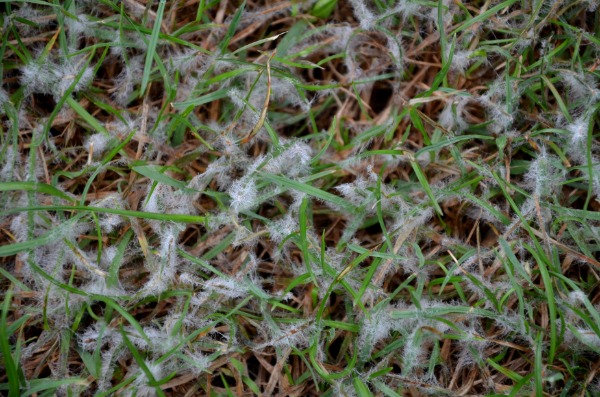
When snow mold damage is widespread or severe, fungicides can provide a helpful layer of defense. Applying a specialized lawn fungicide in early spring can help protect susceptible areas while temperatures fluctuate. Look for products labeled specifically for snow mold control or ask a lawn care professional for a localized recommendation.
Before applying, always follow label instructions, including any safety guidelines and timing directions. Spot treatment is often sufficient and prevents overuse of chemical products on areas that may recover naturally. This preventative step not only helps with active snow mold, but also limits spores from carrying into future seasons.
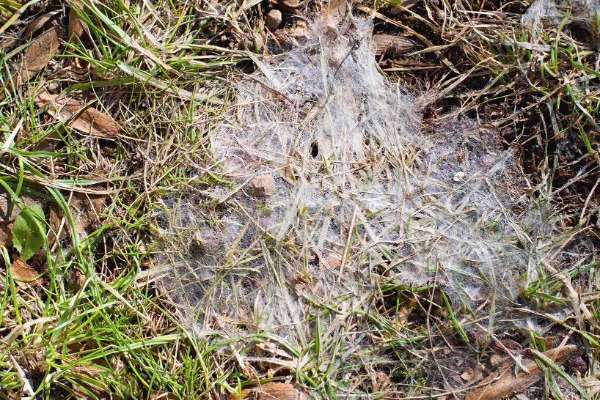
Poor drainage is one of the environmental conditions that can encourage snow mold growth. Lawns that remain wet for long periods under snow or melting ice are at higher risk due to the extended presence of moisture. Improving drainage helps create a more turf-friendly environment where fungal spores struggle to survive. With improved air movement and drying cycles, many homeowners see a dramatic decrease in disease recurrence year after year.
There are several ways to promote better drainage:
.jpg)
While fall fertilization plays a major role in building a strong winter turf foundation, using too much nitrogen too late in the season can unintentionally encourage lush growth that is susceptible to fungal pressure. Overly soft, dense blades often become matted beneath the snow, trapping moisture and reducing airflow.
Instead, opt for a balanced fall feeding earlier in the season, allowing the fertilizer to be properly absorbed before winter. Slow-release blends are ideal for supporting root health without supercharging foliage growth at the wrong time. Many lawn care professionals use specialized winterizer formulas that help build carbohydrate reserves and strengthen cold tolerance.
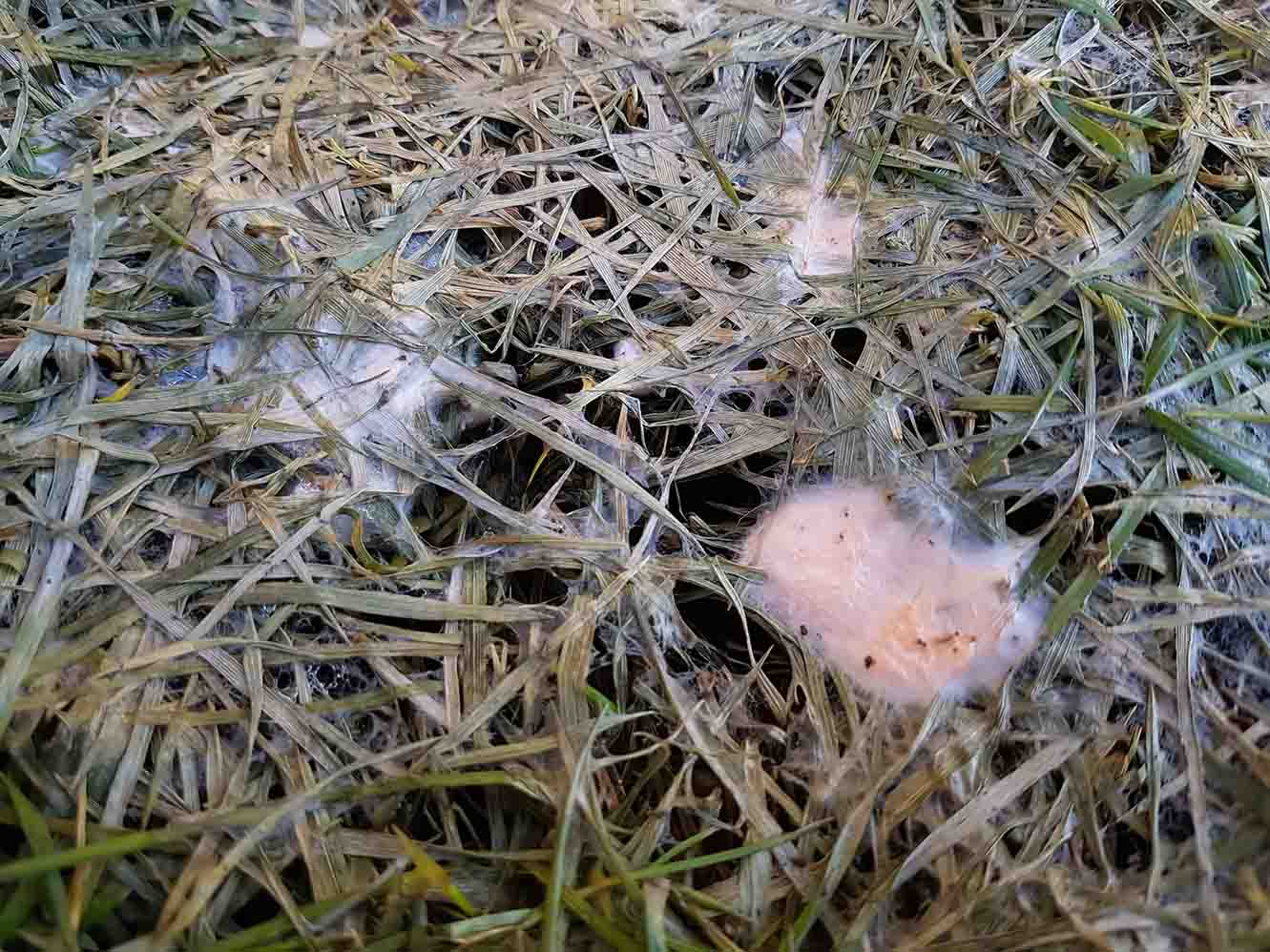
Thatch is the spongy layer of organic debris that forms between grass blades and the soil surface. When this layer becomes too thick, it can trap moisture, harbor fungal spores, and shelter pathogens through the winter. Snow mold has a particularly easy time spreading through dense thatch.
Dethatching in fall is a valuable long-term strategy to reduce snow mold risk. You can use a dethatching rake for mild cases or hire professional services for heavy buildup. Removing excess debris improves turf breathability and helps water penetrate into the root zone instead of pooling near the surface.
Signs that your lawn may need dethatching:
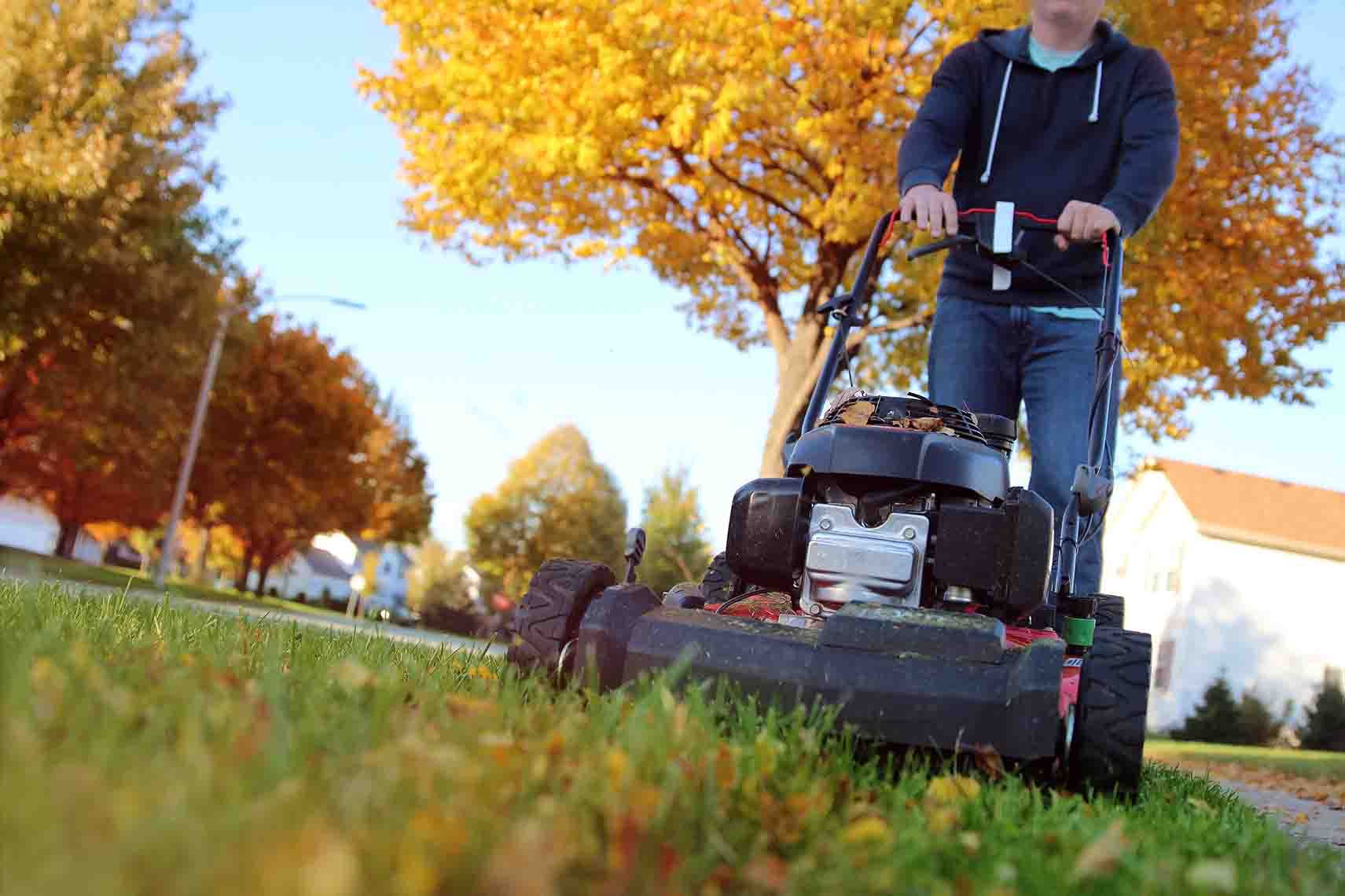
Grass that enters winter too tall tends to lay down and mat under snow cover, creating an ideal environment for mold growth. On the other hand, mowing too short shocks the turf and makes it vulnerable to cold damage. The ideal solution is a final late-fall mowing at a safe height, typically around 2 to 2.5 inches for cool-season lawns.
A balanced mowing height keeps the grass upright enough to resist heavy matting, while still allowing necessary insulation. This simple cultural practice often results in significantly fewer fungal issues once the snow thaws.
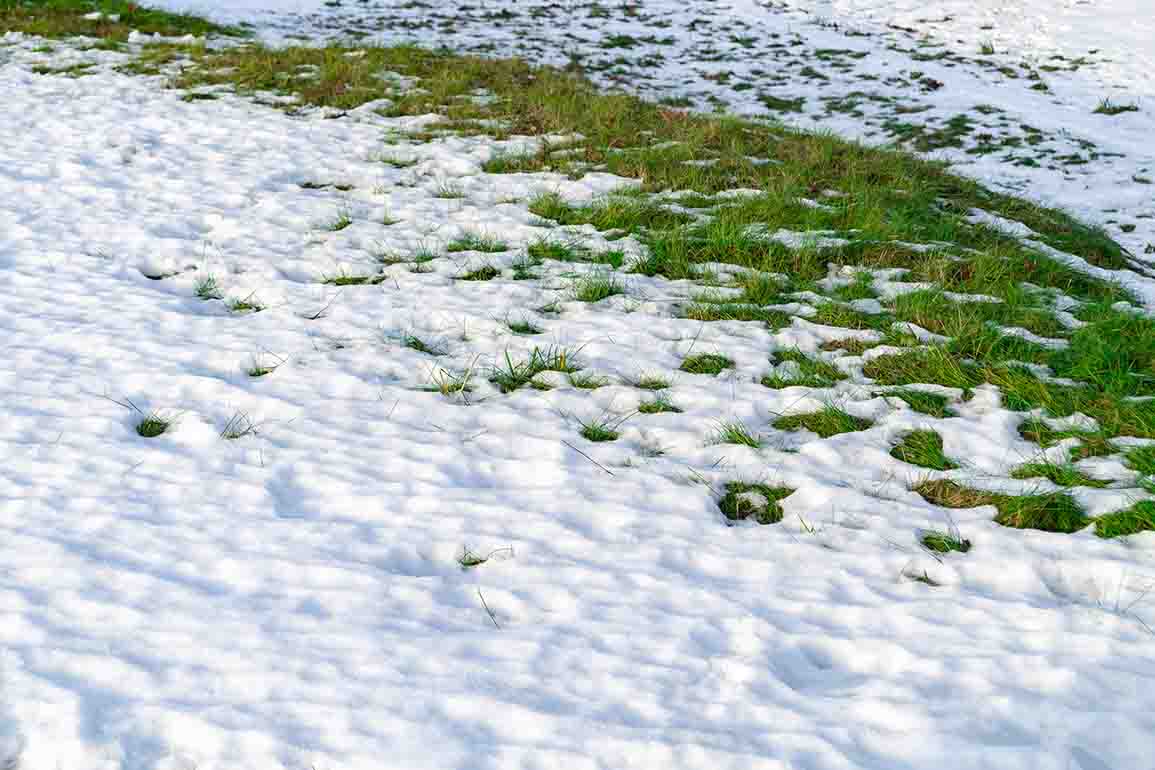
How snow is managed throughout winter can influence snow mold development. Pushing large piles into the same areas over and over creates deeper snowpack that melts slowly, keeping moisture trapped for longer periods. Heavy snow piles also lead to compaction, which restricts oxygen flow to the turf beneath.
If possible, distribute snow piles more evenly or rotate where heavy banks are placed. Avoid walking repeatedly on the same snowy lawn paths, as compacted snow transitions into compacted turf. Even spacing and gentle handling during winter can have a surprisingly positive impact in spring.
Although snow mold can be frustrating, it’s often manageable with the right blend of spring cleanup, preventative fall care, and smart cultural practices. Many lawns recover naturally with warmer temperatures and simple raking, while others benefit from targeted overseeding, fungal treatments, or soil improvements.
For more information on deal with with snow mold, or to get the best lawn care services in New Jersey to prevent snow mold issues, reach out to Healthy Lawn today!